Introduction
Political rallies and protests are powerful tools for individuals and groups to express their opinions, raise awareness, and call for change. Whether you are organizing a rally for a specific cause or a protest against a particular policy, it is essential to plan and execute it effectively to maximize its impact. However, organizing a political rally or protest can be a daunting task, especially if you are new to activism and advocacy. That’s why we have put together this guide to help you organize a successful political rally or protest.
Why are Political Rallies and Protests Important?
Political rallies and protests are essential for promoting democracy, human rights, and social justice. They give individuals and groups a platform to voice their concerns and demand change from those in power. Rallies and protests can also serve as a means of solidarity, bringing together people who share a common cause and strengthening their resolve to fight for what they believe in.
What are the Key Elements of a Successful Political Rally or Protest?
Organizing a successful political rally or protest requires careful planning, effective communication, and strategic execution. Some of the key elements of a successful rally or protest include:
- Setting clear goals and objectives
- Choosing the right location and time
- Inviting and mobilizing supporters
- Creating engaging and impactful messaging
- Ensuring safety and security
- Coordinating with relevant authorities and stakeholders
In the following sections, we will delve into each of these elements in detail and provide practical tips and strategies to help you organize a successful political rally or protest.
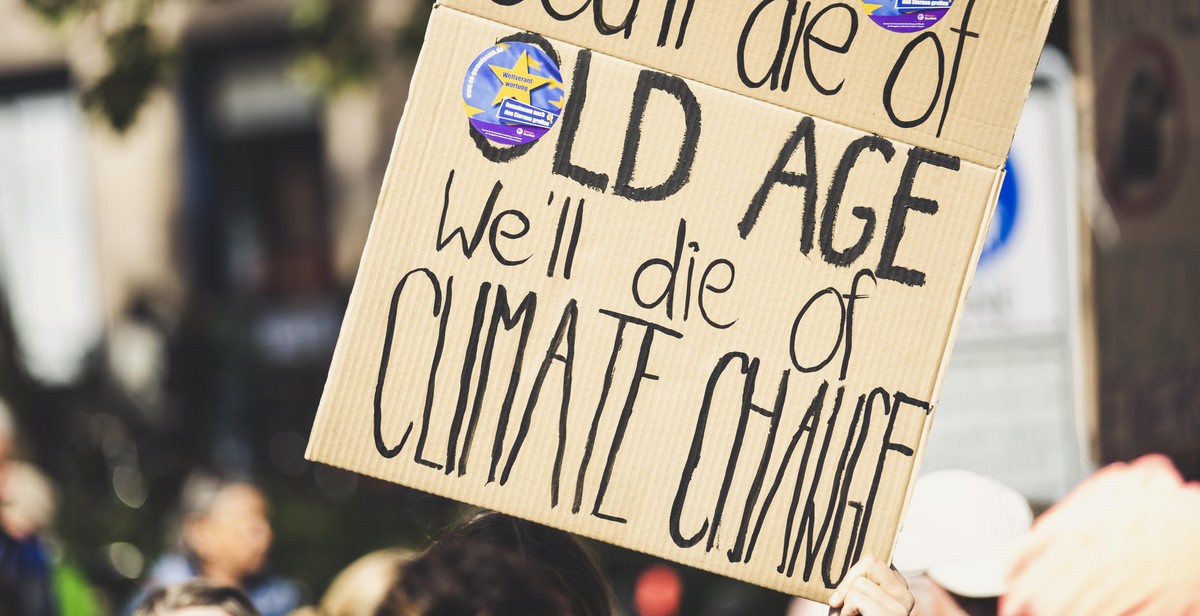
Choose a Cause or Issue
Before organizing a political rally or protest, it is essential to choose a cause or issue that you are passionate about. This will help you to create a clear message and attract like-minded individuals to your cause. Here are some steps to help you choose a cause or issue:
Identify the Issue
The first step in choosing a cause or issue is to identify a problem that you want to address. This could be a social, economic, or political issue that you feel strongly about. Some examples of issues that people often organize rallies or protests around include:
- Climate change
- Immigration reform
- Police brutality
- LGBTQ+ rights
- Women’s rights
- Gun control
- Racial justice
Once you have identified an issue that you want to address, it is important to research the issue thoroughly to understand the causes and potential solutions. This will help you to create a clear message and attract like-minded individuals to your cause.
Define Your Goals
After identifying the issue, the next step is to define your goals for the rally or protest. This could include:
- Raising awareness about the issue
- Pressuring policymakers to take action
- Mobilizing support for a specific policy or legislation
- Creating a sense of community and solidarity among activists
Defining your goals will help you to create a clear message and strategy for the rally or protest. It will also help you to measure the success of your event and ensure that you are making progress towards your objectives.
Conclusion
Choosing a cause or issue is the first step in organizing a successful political rally or protest. By identifying the issue and defining your goals, you can create a clear message and attract like-minded individuals to your cause. This will help you to create a powerful and impactful event that can make a real difference in your community and beyond.
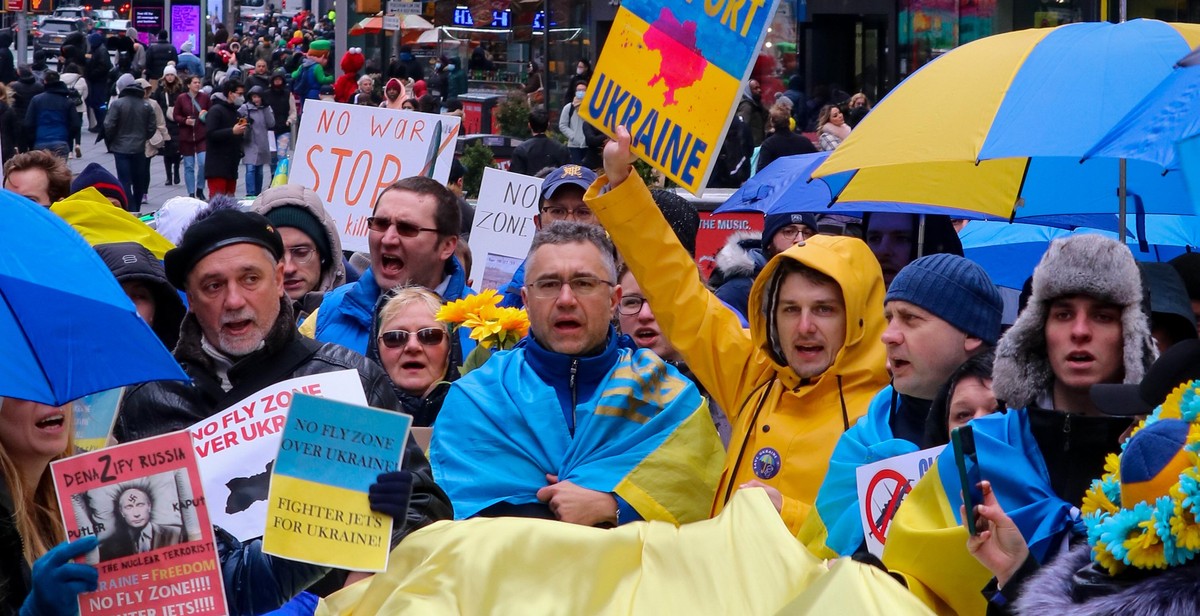
Get Permits and Licenses
Before organizing a political rally or protest, it is important to research and understand the local laws and regulations related to public demonstrations. In most cases, organizers are required to obtain permits and licenses to hold such events.
Research Local Laws
The first step in obtaining permits and licenses is to research the local laws and regulations related to public demonstrations. This can typically be done by contacting the local government or law enforcement agency responsible for issuing permits.
Some common requirements for permits and licenses may include:
- Providing a detailed description of the event, including the date, time, and location.
- Submitting a plan for crowd management and safety.
- Obtaining liability insurance.
- Having a certain number of trained security personnel on site.
- Obtaining permission from the property owner or manager if the event is being held on private property.
It is important to note that the requirements for permits and licenses may vary depending on the location and type of event. Therefore, it is crucial to thoroughly research the local laws and regulations to ensure compliance.
Apply for Permits and Licenses
Once you have researched the local laws and requirements, the next step is to apply for permits and licenses. This typically involves filling out an application and submitting it to the appropriate government agency or law enforcement department.
It is important to apply for permits and licenses well in advance of the event to allow for processing time and to ensure that all requirements are met. Some permits may take several weeks to process, so it is important to plan accordingly.
Additionally, it is important to keep in mind that permits and licenses may come with fees. These fees can vary depending on the location and type of event, so it is important to budget accordingly.
| Tip: | Consider hiring a lawyer to assist with the permit and licensing process. A lawyer can ensure that all requirements are met and can help navigate any legal issues that may arise. |
|---|
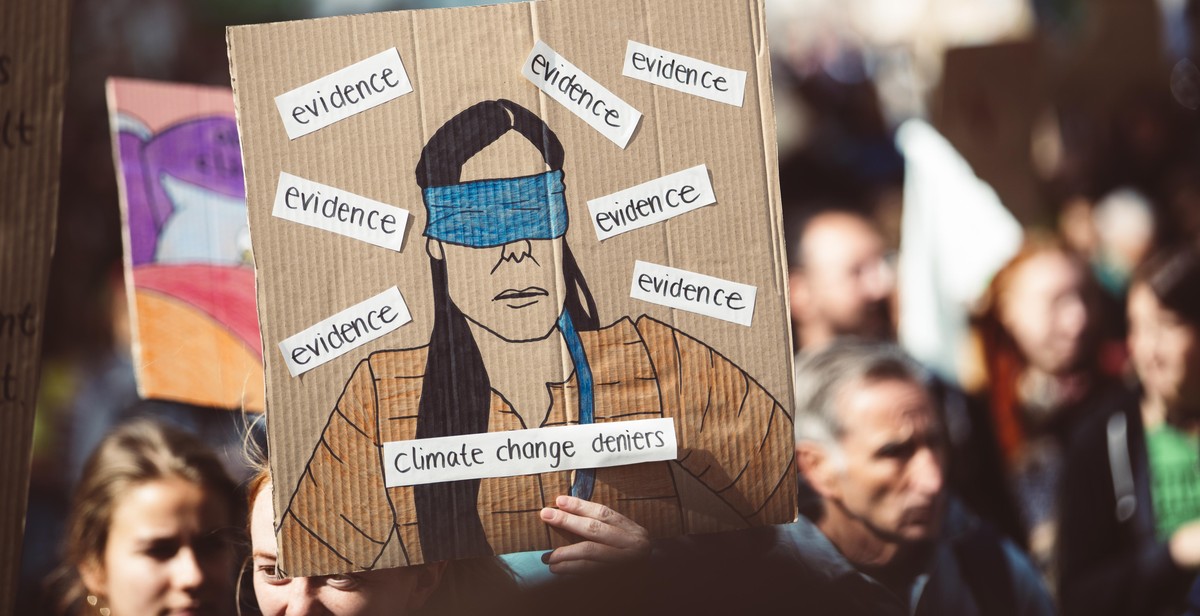
Create a Budget and Fundraise
Organizing a political rally or protest requires significant financial resources. You need to estimate the costs involved in organizing the event and plan how to raise funds to cover those expenses. Here are some steps to help you create a budget and fundraise for your event.
Estimate Costs
The first step in creating a budget is to estimate the costs involved in organizing the event. Here are some of the expenses you may need to consider:
- Venue rental
- Security personnel
- Sound system and equipment
- Stage and podium
- Transportation for speakers
- Food and drinks for volunteers
- Permits and insurance
- Signage and promotional materials
- Printing and mailing costs
Once you have a list of potential expenses, research the costs for each item to get an accurate estimate of the total expenses. Keep in mind that unexpected expenses may arise, so it’s best to add a buffer to your budget to cover any unforeseen costs.
Fundraising Strategies
Once you have estimated the costs, it’s time to plan how to raise funds to cover those expenses. Here are some fundraising strategies you can use:
- Crowdfunding: Use online platforms like GoFundMe or Kickstarter to raise funds from individuals who support your cause.
- Event Sponsorship: Reach out to local businesses and organizations to sponsor your event in exchange for recognition and exposure.
- Merchandise Sales: Create merchandise like t-shirts, hats, or buttons to sell at the event. The profits can go towards covering expenses.
- Individual Donations: Reach out to individuals who support your cause and ask for donations to help cover the expenses.
- Grant Applications: Research and apply for grants from foundations or organizations that support causes similar to yours.
It’s important to have a clear and concise message when asking for donations. Explain why the event is important, how the funds will be used, and how donors can contribute. Utilize social media and email marketing to reach a wider audience and promote your fundraising efforts.
Conclusion
Creating a budget and fundraising for a political rally or protest may seem overwhelming, but with careful planning and execution, it can be done successfully. Remember to estimate costs, plan fundraising strategies, and communicate your message effectively to potential donors. With the right approach, you can organize a successful event and make a positive impact on your cause.
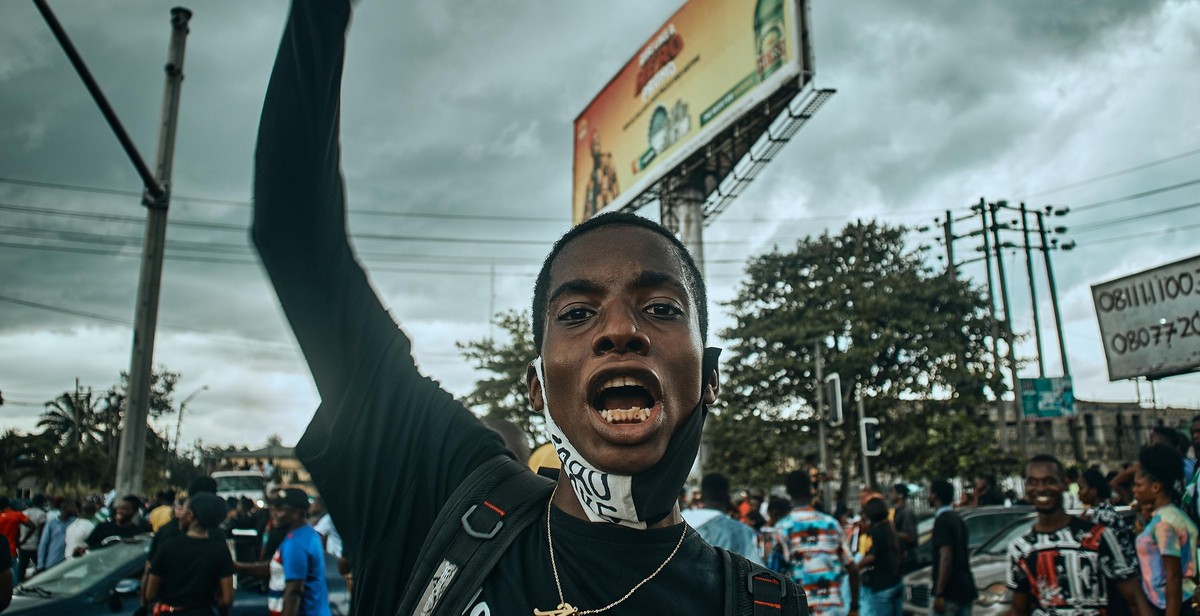
Recruit Volunteers
Organizing a successful political rally or protest requires a team effort. It’s crucial to have a group of volunteers who are passionate about the cause and willing to dedicate their time and energy to help make the event a success. Here are some tips on how to recruit volunteers:
Create Volunteer Roles
The first step in recruiting volunteers is to create clear and specific volunteer roles. This will help potential volunteers understand what is expected of them and what they will be responsible for. Some possible volunteer roles include:
- Event coordinators
- Public speakers
- Sign makers
- Security personnel
- Media liaisons
- Volunteer coordinators
Once you have identified the volunteer roles you need, create job descriptions that outline the responsibilities and requirements for each role. Be sure to include any necessary qualifications or skills, as well as the time commitment required.
Recruit and Train Volunteers
Once you have created volunteer roles and job descriptions, it’s time to start recruiting volunteers. Here are some effective ways to find volunteers:
- Use social media to spread the word about the event and ask for volunteers.
- Reach out to local organizations, such as political groups, activist groups, and community organizations, and ask if they would be willing to help recruit volunteers.
- Ask friends and family members if they would be interested in volunteering.
- Post flyers and posters in public places, such as community centers, libraries, and coffee shops.
Once you have recruited volunteers, it’s important to provide them with the training and support they need to be successful in their roles. Here are some tips for training volunteers:
- Provide clear instructions and expectations for each volunteer role.
- Offer training sessions or workshops to teach volunteers the skills they need to perform their roles effectively.
- Assign each volunteer a mentor or supervisor who can provide guidance and support throughout the event planning process.
- Provide volunteers with a detailed event schedule and timeline so they know what to expect and can plan accordingly.
| Benefits | Explanation |
|---|---|
| Increased manpower | Recruiting volunteers can help you get more done in less time. |
| Diverse perspectives | Volunteers from different backgrounds and experiences can bring new ideas and perspectives to the event planning process. |
| Builds community | Volunteering can help build a sense of community and bring people together around a common cause. |
| Cost-effective | Recruiting volunteers is often more cost-effective than hiring paid staff. |

Promote Your Event
Once you have organized your political rally or protest, the next step is to promote it effectively. Here are some tips on how to create a marketing plan and use social media to promote your event:
Create a Marketing Plan
A marketing plan will help you to identify your target audience, set goals, and determine the best methods to reach your audience. Here are some steps to create a marketing plan:
- Identify your target audience: Determine who you want to attend your event. Are you targeting a specific demographic, such as young people or seniors? Are you trying to appeal to a particular political group?
- Set goals: What do you want to achieve with your event? Do you want to raise awareness about a particular issue, or do you want to encourage people to take action?
- Determine your budget: How much money do you have to spend on marketing? Will you need to hire a marketing professional or can you do it yourself?
- Choose your marketing methods: There are many ways to promote your event, including social media, email marketing, flyers, and posters. Determine which methods will be most effective for reaching your target audience.
- Set a timeline: Determine when you will start promoting your event and when you will stop. Make sure you give yourself enough time to reach your target audience.
Use Social Media
Social media is a powerful tool for promoting your event. Here are some tips on how to use social media effectively:
- Create a Facebook event: Facebook events are a great way to promote your event and keep people updated. Make sure you include all the details about your event, such as the date, time, and location.
- Use hashtags: Use relevant hashtags on Twitter and Instagram to help people find your event. Make sure you use popular hashtags related to your cause.
- Post regularly: Post updates about your event regularly on social media. This will help to keep people engaged and interested in attending.
- Partner with influencers: Reach out to influencers in your community who have a large following on social media. Ask them to promote your event to their followers.
- Create shareable content: Create shareable content, such as infographics or videos, that people can easily share on social media. This will help to spread the word about your event.
By creating a marketing plan and using social media effectively, you can promote your political rally or protest to a wide audience and encourage people to attend and take action.
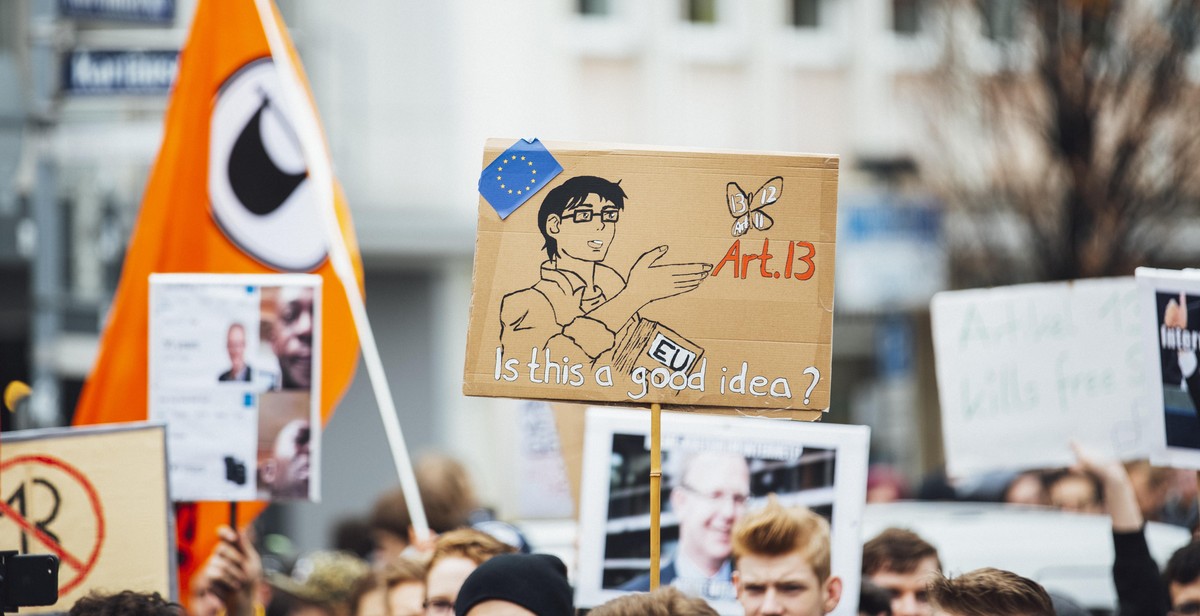
Organize Logistics
Organizing a political rally or protest requires careful planning and execution of logistics. The success of the event largely depends on how well you organize the logistics. Here are some key factors to consider:
Choose a Location
The location of the rally or protest is crucial. You need to choose a location that is easily accessible, visible, and has enough space to accommodate the expected number of attendees. Here are some factors to consider when choosing a location:
- Accessibility: The location should be easy to access by public transportation, car, or foot. It should also be located in a central area that is familiar to most people.
- Visibility: The location should be visible to the public and media. Choose a location that has high foot and vehicle traffic to attract more attention.
- Size: The location should be large enough to accommodate the expected number of attendees. Consider factors such as the size of the stage, the number of speakers, and the space required for attendees to stand or sit.
- Permits: Make sure to obtain the necessary permits and permissions from local authorities to hold the event at the chosen location.
Arrange for Equipment and Facilities
Once you have chosen a location, you need to arrange for equipment and facilities to ensure the smooth running of the event. Here are some equipment and facilities to consider:
| Equipment/Facility | Description |
|---|---|
| Stage | A raised platform for speakers and performers to address the crowd. |
| PA System | A sound system to amplify the voices of the speakers and performers. |
| Microphones | To enable the speakers and performers to be heard clearly. |
| Lighting | To ensure that the stage and speakers are well-lit and visible. |
| Chairs | For attendees who prefer to sit during the event. |
| Portable Toilets | For attendees who need to use the restroom during the event. |
| First Aid Kit | To provide basic medical assistance in case of an emergency. |
Make sure to arrange for these equipment and facilities well in advance to avoid any last-minute hiccups. You can either rent the equipment or purchase it depending on your budget and requirements.
Plan the Program
Once you have secured the necessary permits and identified a suitable location, it’s time to plan the program for your political rally or protest. This involves scheduling speakers and performers, creating a rally or protest program, and ensuring that everything runs smoothly on the day of the event.
Schedule Speakers and Performers
The success of your political rally or protest largely depends on the quality of the speakers and performers you choose. You should aim to have a mix of politicians, community leaders, activists, and entertainers who can speak to the issues at hand and motivate the crowd.
Start by reaching out to potential speakers and performers well in advance of the event. You should provide them with a clear outline of the event, including the theme, date, time, and location. Make sure to also communicate any specific requirements or guidelines, such as time limits for speeches or performance genres.
When selecting speakers and performers, consider the following:
- Relevance: Choose speakers and performers who are relevant to the cause or issue you are rallying or protesting for.
- Diversity: Aim for diversity in terms of gender, race, age, and background.
- Experience: Look for speakers and performers who have experience speaking or performing in public.
- Engagement: Choose speakers and performers who can engage the crowd and keep them motivated.
Once you have confirmed your speakers and performers, make sure to communicate with them regularly in the lead-up to the event. You should provide them with updates on the event logistics and any changes to the program.
Create a Rally or Protest Program
A well-planned program is essential for ensuring that your political rally or protest runs smoothly and achieves its goals. Your program should include the following:
- Opening remarks: Start with a short introduction that sets the tone for the event and welcomes the crowd.
- Keynote speeches: Schedule your most important speakers for the middle of the program, when the crowd is likely to be most engaged.
- Performances: Include musical performances or other forms of entertainment to keep the crowd energized and motivated.
- Closing remarks: End the event with a call to action and a thank-you to the crowd and the speakers.
When creating your program, make sure to also consider the following:
- Timing: Plan your program to fit within the allotted time frame, taking into account any breaks or delays.
- Accessibility: Ensure that your program is accessible to all attendees, including those with disabilities.
- Flexibility: Be prepared to make changes to the program on the day of the event if necessary.
Ensure Smooth Execution
On the day of your political rally or protest, it’s important to ensure that everything runs smoothly. This involves coordinating with your speakers and performers, managing the crowd, and addressing any issues that arise.
Make sure to arrive early at the event location to set up and coordinate with your team. You should also have a clear communication plan in place, including a designated point person for managing any issues that arise.
During the event, make sure to keep the crowd engaged and motivated by regularly checking in with them and providing updates on the program. You should also be prepared to adapt to any changes or unexpected developments.
Finally, after the event, make sure to debrief with your team and speakers to assess what worked well and what could be improved for future events.
Ensure Safety and Security
When organizing a political rally or protest, safety and security should be a top priority. Here are some tips to ensure a safe and secure event:
Plan for Emergencies
It is important to prepare for emergencies before the event takes place. This includes having a first aid kit on hand, identifying nearby hospitals or medical facilities, and creating a plan for evacuation in case of an emergency. Make sure to communicate this plan to all event organizers and participants.
Additionally, it is important to have a communication plan in place in case of an emergency. This should include a designated point person who can communicate with law enforcement and emergency services if necessary.
Coordinate with Law Enforcement
Coordinating with local law enforcement can help ensure the safety and security of the event. It is important to reach out to the local police department and inform them of the event. This will allow them to prepare and allocate resources for the event. It is also important to follow any guidelines or regulations set forth by the police department.
It is recommended to have a designated point person who can communicate with law enforcement throughout the event. This person should be responsible for communicating any issues or concerns to law enforcement and ensuring that the event runs smoothly.
Conclusion
By planning for emergencies and coordinating with law enforcement, you can help ensure a safe and secure political rally or protest. It is important to prioritize safety and security when organizing any event, especially one with a potentially large and passionate crowd.
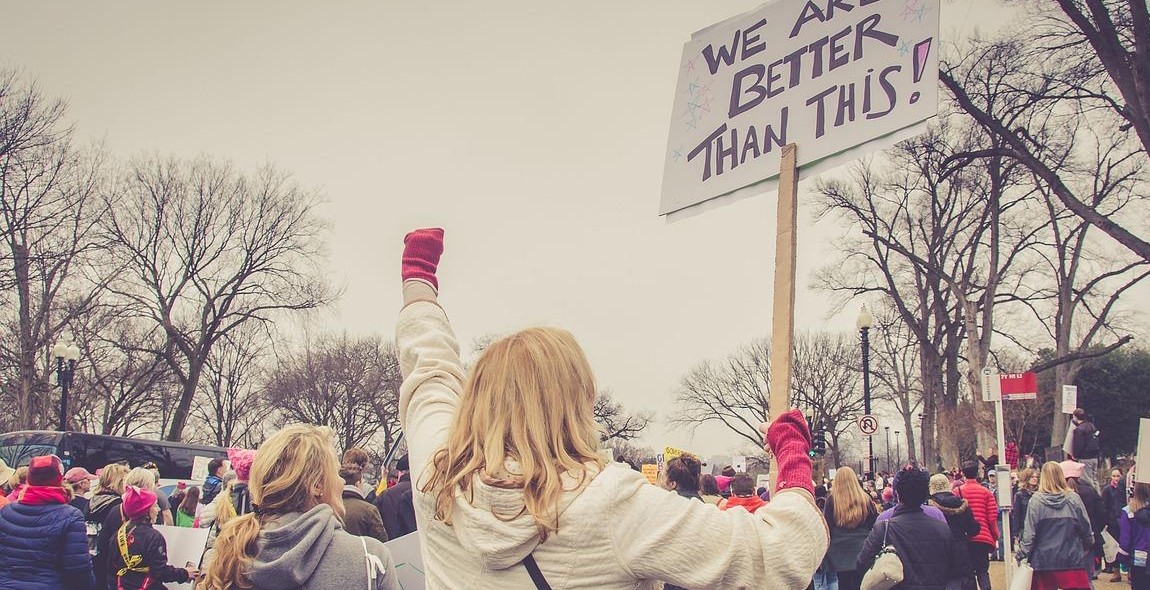
Conclusion
Organizing a political rally or protest can be a daunting task, but with proper planning and execution, it can be a successful and impactful event. The key to a successful rally or protest is to ensure that it is well-organized, safe, and peaceful.
Before planning the event, it is important to research the laws and regulations in your area to ensure that you are complying with them. It is also crucial to have a clear message that is relevant to your cause.
When it comes to logistics, having a clear plan for the location, time, and route of the event is important. It is also important to have a plan for security and to ensure that all participants are aware of the guidelines and rules for the event.
Effective communication is also key to a successful rally or protest. Utilizing social media and other forms of outreach can help spread the word and attract a larger audience.
Finally, it is important to remember that the ultimate goal of a political rally or protest is to create change and raise awareness for your cause. By staying peaceful and respectful, you can ensure that your message is heard and that your event is successful.
Overall, organizing a political rally or protest takes time, effort, and dedication, but with the right planning and execution, it can be a powerful tool for creating change and making a difference.
| Key Takeaways |
|---|
| Research laws and regulations before planning the event. |
| Have a clear message that is relevant to your cause. |
| Create a clear plan for the location, time, and route of the event. |
| Utilize social media and other forms of outreach to attract a larger audience. |
| Stay peaceful and respectful to ensure that your message is heard. |
